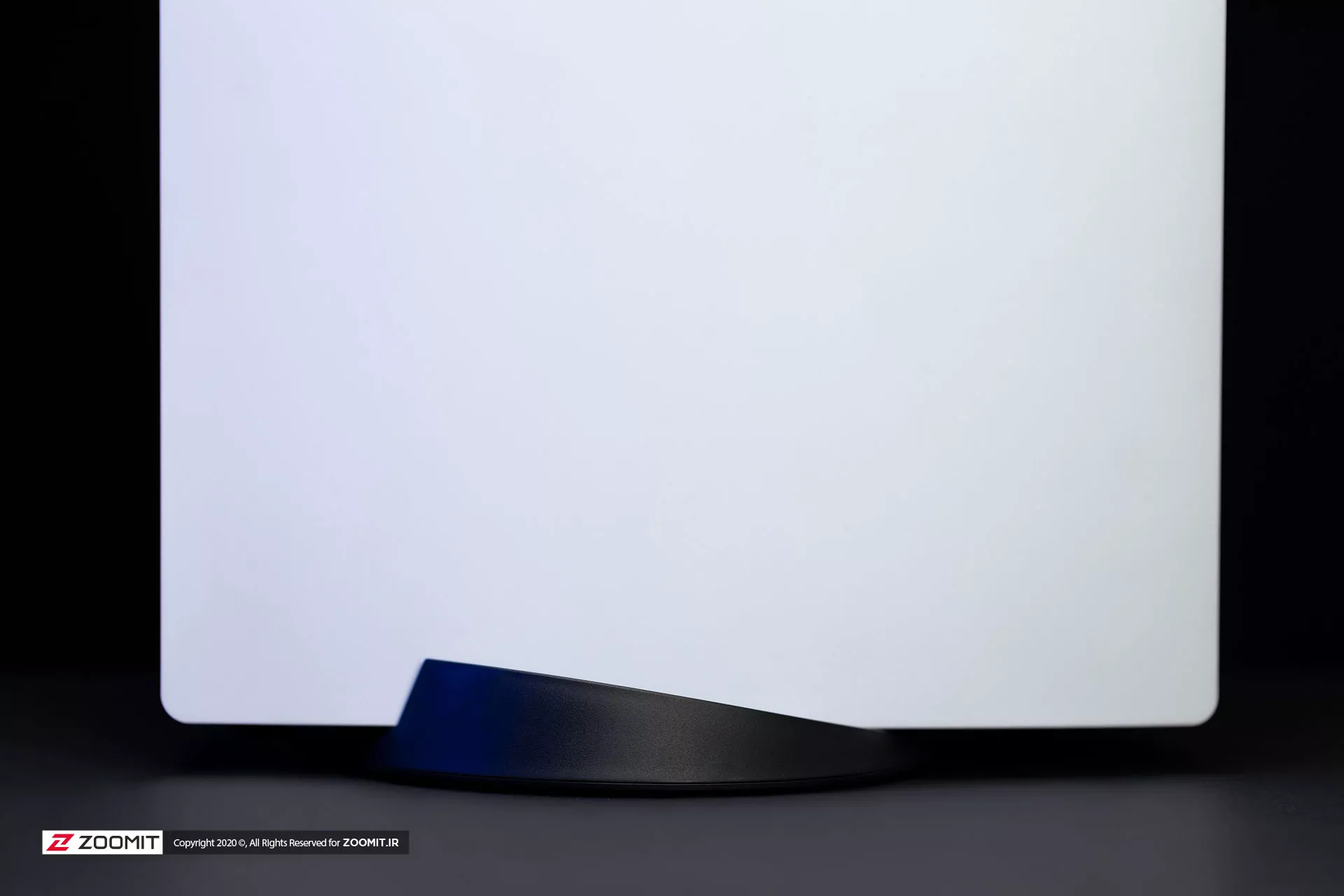TITLES
- PLAY STATION 5 RELEASE DATE
- PLAY STATION 5 SPECS
- PLAY STATION 5 DESIGN
- DUALSENSE PLAY STATION 5 CONTROLLER
- OTHER PLAY STATION 5 ACCESSORIES
- PLAY STATION 5 IMAGES
- VIDEO PLAY STATION 5

Written Texts Are Without Prejudice And Judgment
Play Station 5

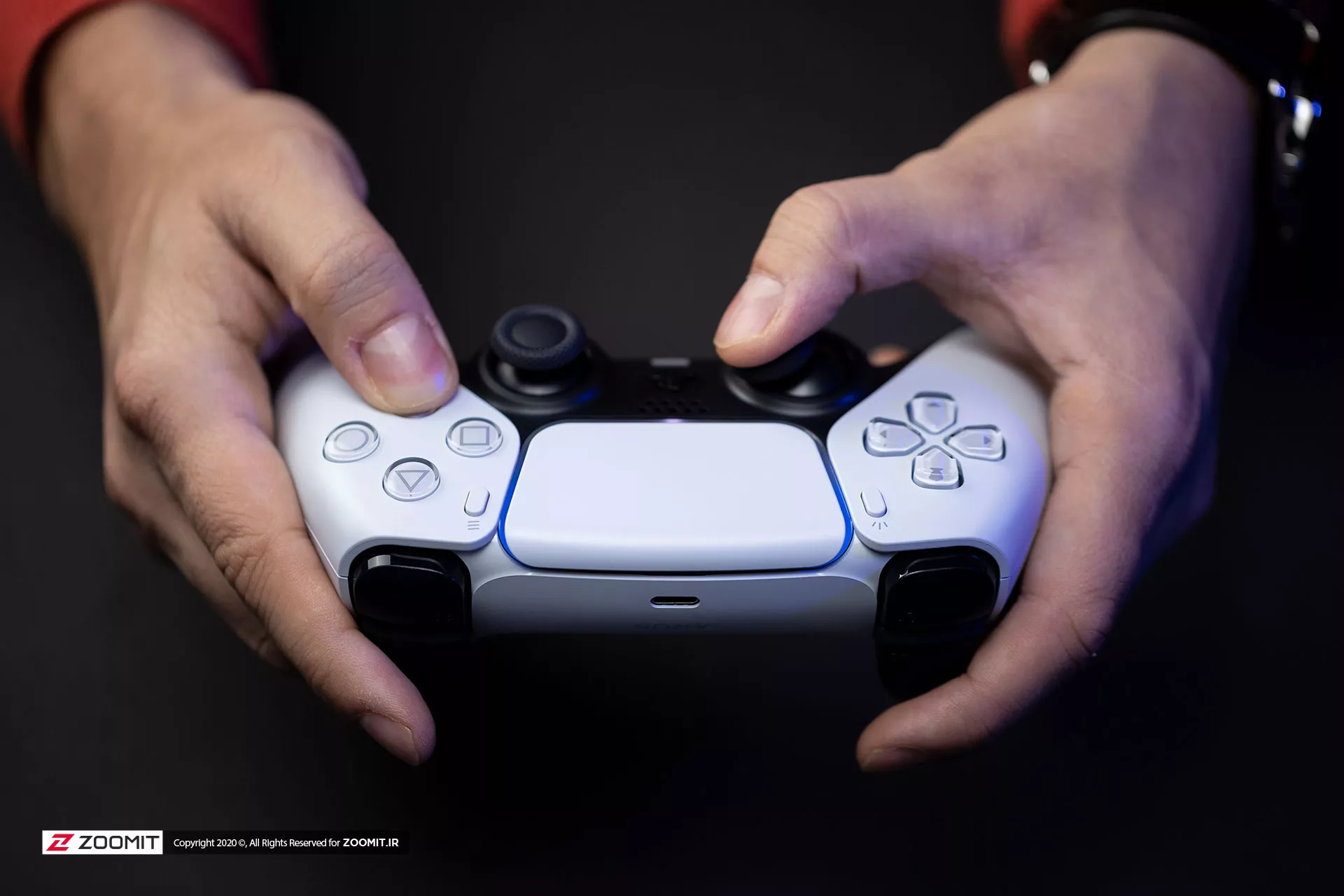



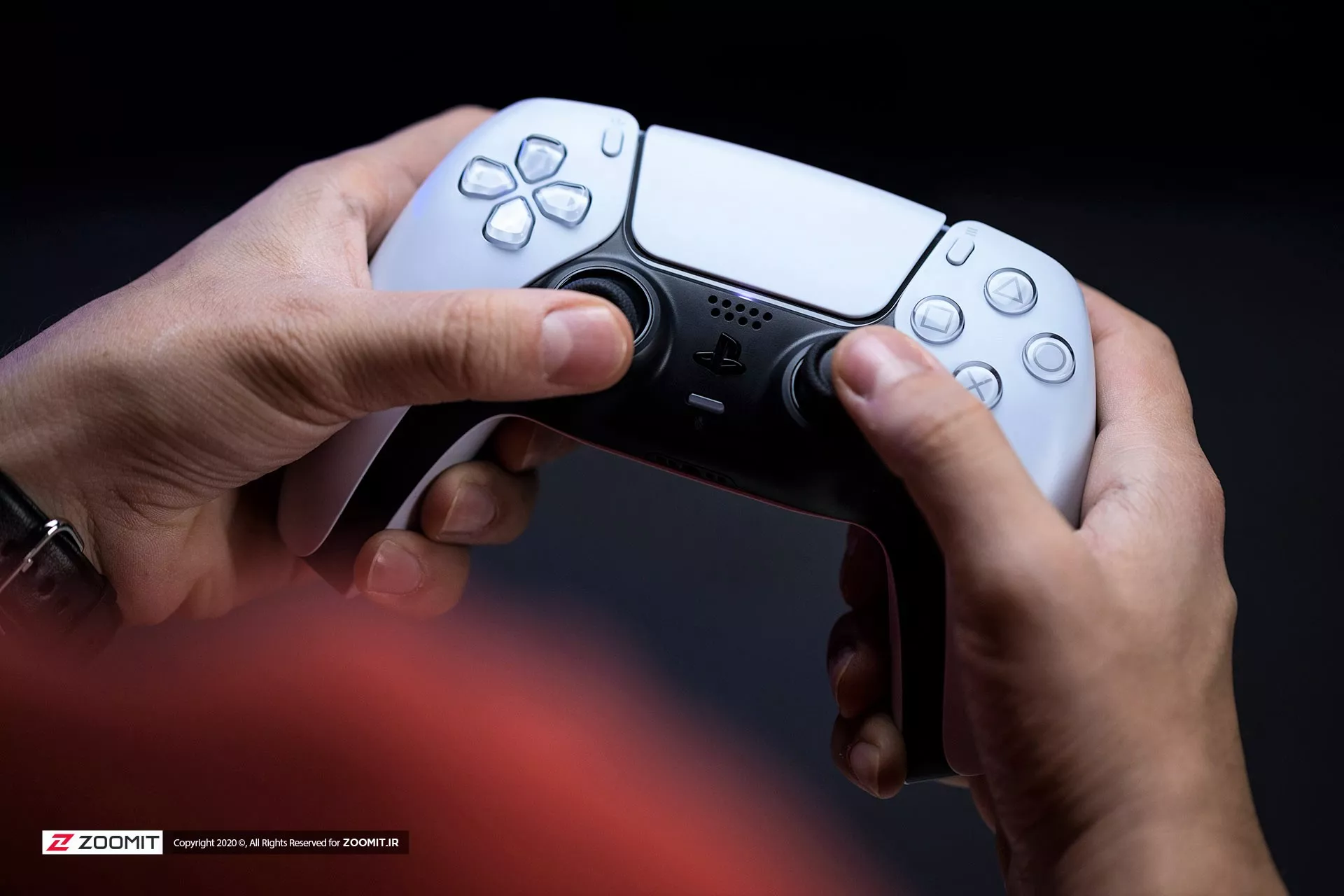






Everything you need to know about the Sony PlayStation 5
The PS5 - aka the PlayStation 5 - is Sony's latest console, aimed at delivering heavily reduced (if not non-existent) loading times, top-line graphics, and unique features via its new DualSense controller. However, thanks to semi-conductor shortages worldwide, PS5 restock updates have been few and far between since the console launched in November last year.
That will include PS5 exclusives and cross-platform titles that are currently confirmed as the upcoming PS5 games, which is currently a very exciting list of titles. Sadly, retailers are still plagued by PS5 restock issues, meaning it's incredibly difficult to buy one right now. But, if you're wondering whether it's worth tracking one down, we're here to help.
You will find all the information about the PlayStation 5 below. But, the TL;DR version is that the PS5 launched in November last year in two variations - the standard PS5, and the PS5 Digital Edition, which arrived sans disc drive. Both consoles though deliver unprecedented decreases in loading times, higher game resolutions and framerates, and overall performance. Outside of performance though, the PS5 aims to continue Sony's legacy of delivering top-tier exclusives with its roster of upcoming PS5 games.
So, whether you're looking to buy a PS5, already have one, or simply just want to know more about Sony's new PlayStation 5 console, we've got you covered. In this guide, we have everything you need to know from the PS5 price - $499 / £449 for the standard PS5, and $399 / £349 for the Digital Edition - to all the secrets of the PS5 design, and which PS5 accessories you'll want to add to cart before you check out.
When was the PS5 release date?
Sony released the PS5 on the following dates in2020:
November 12 (US, Japan, Canada, Mexico, Australia, New Zealand, South Korea)
November 19 (Rest of world)
.webp)
PS5 specs and performance
Here's the full list of PS5 specs courtesy of Digital Foundry:
- CPU: 8x Zen 2 Cores at 3.5GHz (variable frequency)
- GPU: 10.28TFLOPs, 36 CUs at 2.23GHZ (variable frequency)
- GPU:Architecture: Custom RDNA 2
- Memory/interface: 16GB GDDR / 256=bit
- Memory bandwidth: 448GB/s
- Internal Storage: Custom 825GB SSD
- IO Throughput; 5.5GB/s (Raw),Typical 8-9GB/s (compressed)
- Expandable Storage: NVMe SSD Slot
- External Storage: USB HDD Support
- Optical Drive: 4K UHD Blu-Ray Drive
The PS5 runs on an AMD CPU chip based on the third generation of AMD's Ryzen line. It's an eight-core, custom-made, beast based on the company's new 7nm Zen 2 microarchitecture. The CPU is a custom variant of AMD Radeon's Navi family, and will support ray tracing - an effect that is a staple of Hollywood, and one that's beginning to appear in high-end PC processors and the Nvidia RTX gaming line.
The PS5 harnesses the power of the last-generation Zen CPU architecture in conjunction with AMD's freshly revealed Navi graphics architecture.
A big part of that GPU setup is support for 8K resolutions and ray tracing in PS5 games. The latter is a technology that greatly improves the visual fidelity in games, as it mimics the way light moves and bounces from object to object, particularly reflective surfaces, and refraction through water, other liquids, and glass. Given the proper optimizations, games can exhibit more realistic lighting and shadows as a result. PS5 architect Marc Cerny has said that say ray tracing isn't just about visuals, as it can yield audio enhancements for players and developers alike.
"If you wanted to run tests to see if the player can hear certain audio sources or if the enemies can hear the players’ footsteps, ray tracing is useful for that,” he says. “It's all the same thing as taking a ray through the environment.”
It turns out that Sony is also adding a custom unit for 3D audio in the PS5 too, taking the attention to audio and sound improvements to the next level for its upcoming console. "As a gamer," said Cerny, "it's been a little bit of a frustration that audio did not change too much between PlayStation 3 and PlayStation 4. With the next console, the dream is to show how dramatically different the audio experience can be when we apply significant amounts of hardware horsepower to it.”
For gamers though, one of the biggest new improvements for the PS5 specs is the huge decrease in loading times.
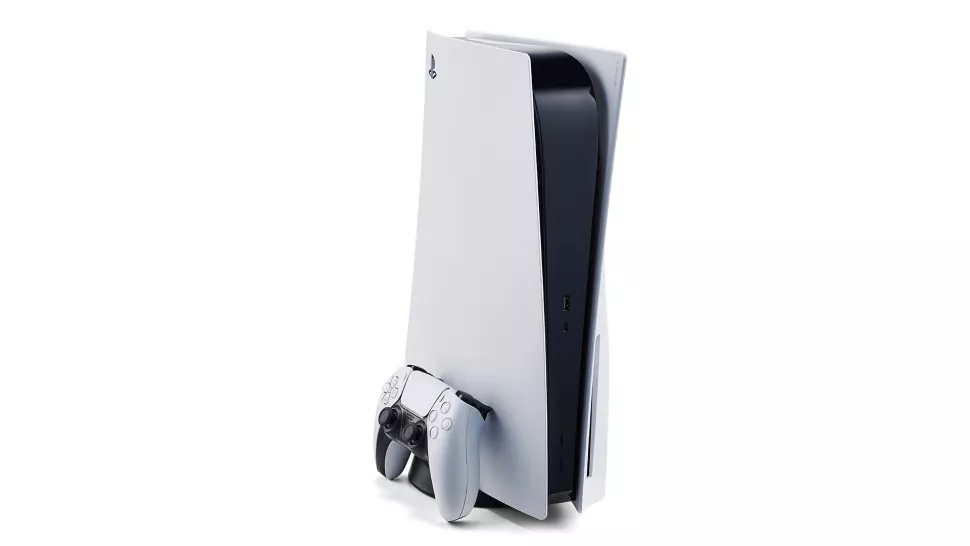
PS5 design
The PS5 design is a bold step away from the traditional black box, with both the digital-only and disc drive versions boasting a white and black color scheme and serious curves. Think Wall-E's Eve on her best day.
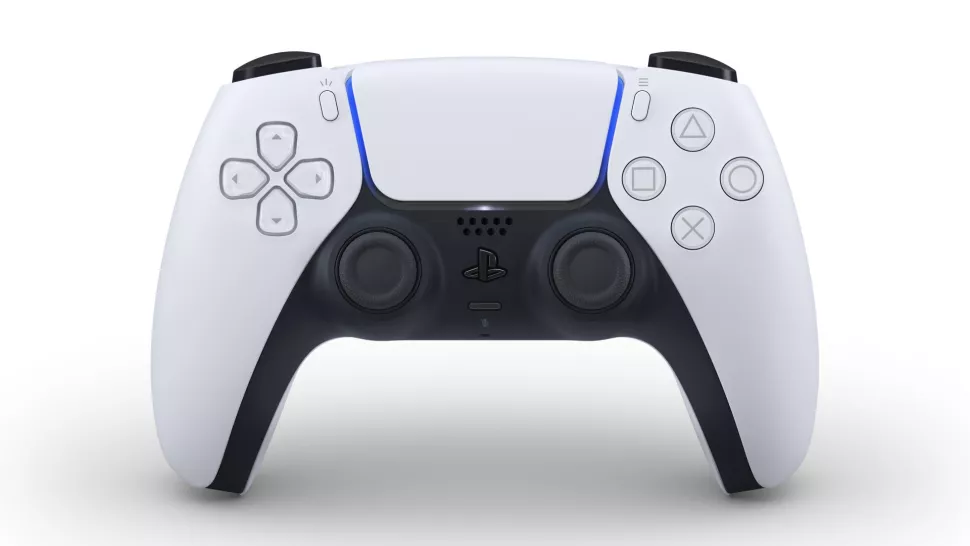
What is the PS5 controller like?
THe PS5 controller, AKA the DualSense, is the successor to the DualShock line. Sony abruptly revealed the controller in April after months of rumors and patents hinting at its functionality, and now we've had it in our hands, we can confirm the DualSense PS5 controller is a thing of magic.
While the DualSense is distinct from the DualShock, its design follows many of the same principles. It's altogether rounder, with a sleek white-on-black aesthetic rather than the usual jet-black default, but the input layout is roughly the same. The light bar on the back of the DualShock 4 is now split between the sides of the central touchpad, and there's a new Create button in place of the Share button, but most everything else is standard for a PlayStation controller.
The biggest changes and advancements are found on the inside of the DualSense. The high points are:
- Haptic feedback: the DualSense delivers "a variety of powerful sensations that you'll feel when you play, such as the slow grittiness of driving a car through mud." The DualShock 4 had rumble functionality, but the DualSense goes much further with more subtle and varied types of feedback.
- Adaptive triggers: the L2 and R2 buttons on the DualSense can match tension of in-game actions. Drawing the string on a bow was the example Sony gave, but based on previous accounts, the same can be said of firing a heavy machine gun and the like. Sony also says that the angle of the triggers, relative to the whole controller, has been tweaked slightly
- Creat button: the Share button has been replaced, but the new Create button serves a similar purpose. Sony says that this button will create "new ways for players to create epic gameplay content to share with the world, or just to enjoy for themselves."
- Bulti-in microphone: you read that right - the DualSense has a microphone built right into it, which makes hopping into a chat with friends quick and seamless.

Other PS5 accessories
Here are all the official best PS5 accessories currently available:
- Pulse 3D wireless headset – offering 3D audio support and dual noise-cancelling microphones
- HD camera featuring dual 1080p lenses for gamers to broadcast themselves along with their epic gameplay moments
- Media remote with built-in microphone to navigate movies and streaming services with ease
- DualSense charging station for convenient charging of two DualSense Wireless Controllers.
Copyright 2020 · All Rights Reserved
